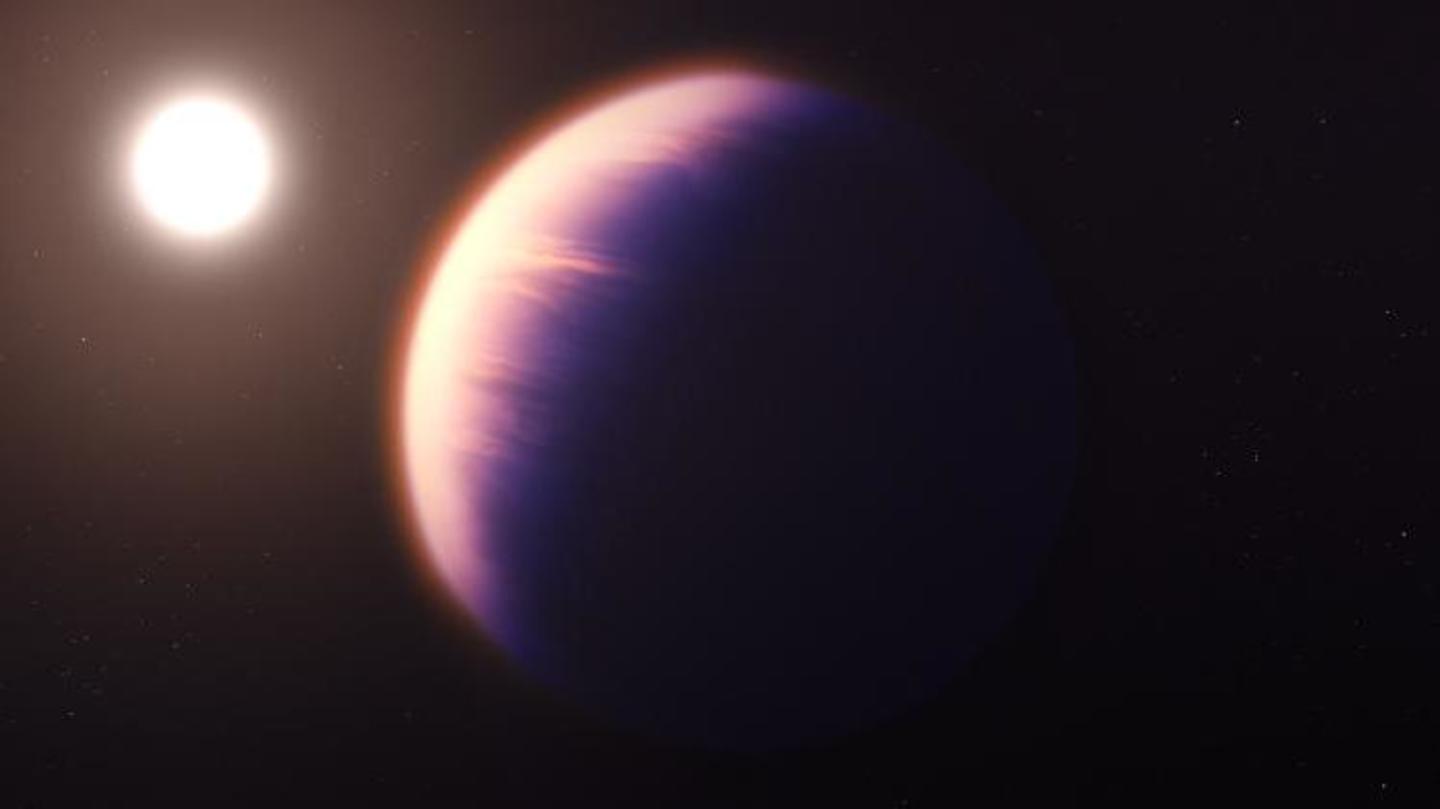James Webb space observatory discovers CO2 on an alien planet
What's the story
We never detected the presence of carbon dioxide in the atmosphere of an exoplanet. At least, not until now.
In another first, the James Webb Space Telescope (JWST or Webb) has changed that in its first campaign focusing on exoplanets.
The marquee telescope made the discovery while observing a gas giant called WASP-39 b, which is located 700 light-years away from Earth.
Context
Why does this story matter?
Ever since the release of the first official images, the Webb telescope has been surprising us. In the short time it's been up there, it has given us more answers than we could ever imagine.
Now, it has found carbon dioxide for the first time outside our solar system. Something scientists have been searching for so long, Webb found within its first year.
The exoplanet
WASP-39 b is larger than Jupiter in size
The WASP-39 b is larger than Jupiter in size and has the same mass as Saturn. It is extremely hot (900-degree Celsius) and is pretty close to its star.
It was discovered in 2011. Other observatories such as the Hubble and Spitzer space telescopes have seen it previously.
Previous observations revealed the presence of water vapor, sodium, and potassium in the planet's atmosphere.
Observation
The research team used JWST's NIRSpec to detect carbon dioxide
The new investigation of WASP-39 b was carried out by the JWST Transiting Exoplanet Community Early Release Science team. The researchers used Webb's Near-Infrared Spectrograph (NIRSpec) to detect the presence of carbon dioxide.
Scientists were presented with the first, clear evidence of carbon dioxide when they saw a small hill between 4.1 and 4.6 microns in the captured spectrum of the planet's atmosphere.
How-to
How did the researchers understand atmospheric composition?
A transiting planet like WASP-39 b provides researchers with a great opportunity to understand the planetary atmosphere.
For that, some of the starlight that transmits through the atmosphere during transit is analyzed.
Since different gases absorb different combinations of colors, we can determine what an atmosphere is made of by observing small differences in the brightness of the transmitted light.
Search
Carbon dioxide will tell us about planet formation: Research team
The exoplanet community has been searching for carbon dioxide for a while. "Carbon dioxide molecules are sensitive tracers of the story of planet formation," said Mike Line, a member of the team.
"With the extraordinary new capability of JWST, it will be possible to routinely detect carbon dioxide for hot Jupiters, as well as smaller, cooler planets," claimed Laura Kreidberg, Director, Max Planck Institute.
